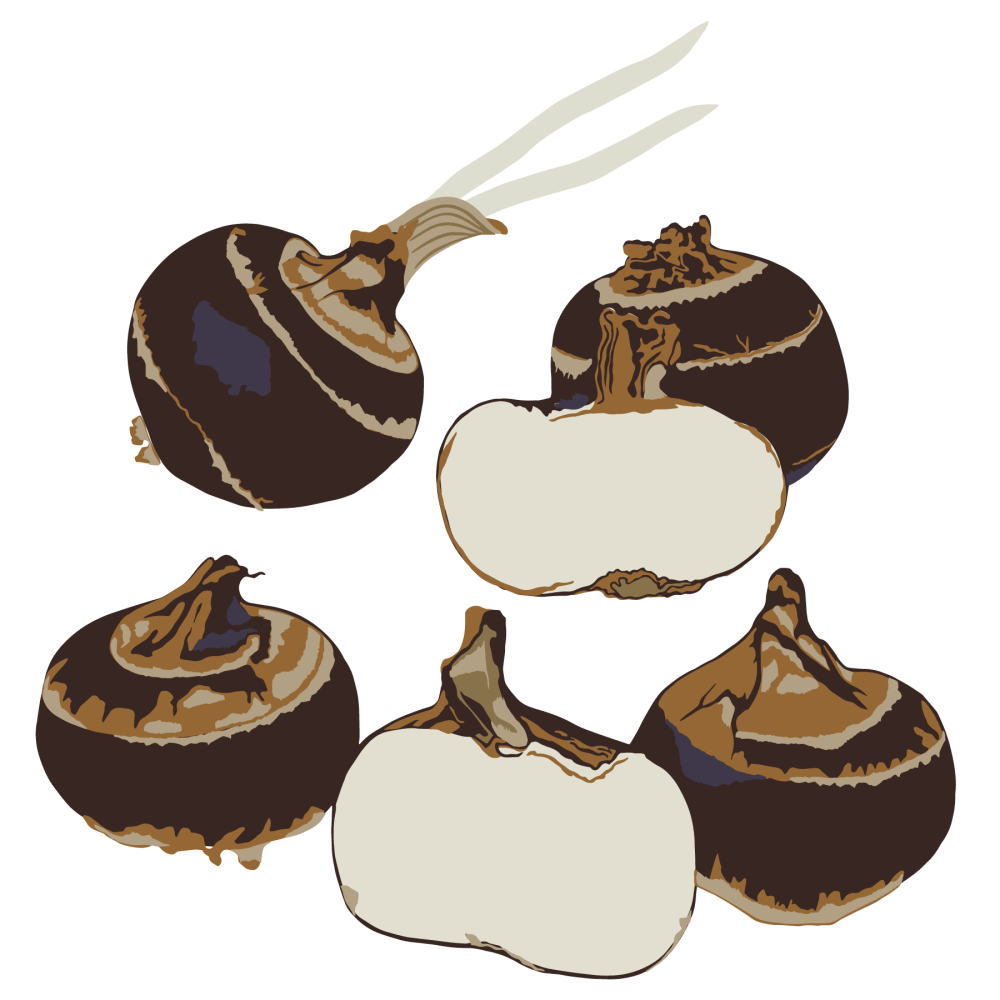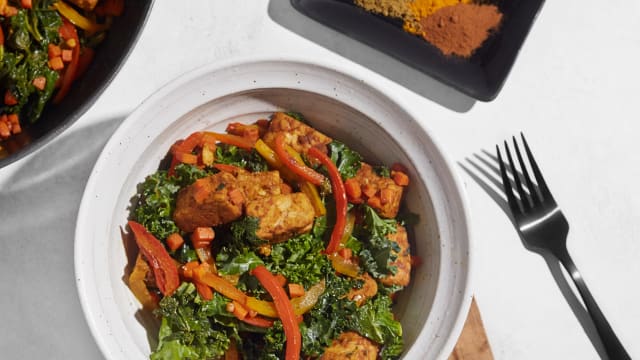Water Chestnut

Latin name: Eleocharis dulcis
Uses: root vegetable
What are water chestnuts?
Water chestnuts are a starchy tuber that grows among the roots of a small aquatic plant. Not to be confused with European water chestnuts (aka water caltrop), water chestnuts are a standard ingredient in American Chinese food — no chow mein or egg foo young would be complete without them.
Why are water chestnuts healthy?
Brimming with B vitamins, potassium, manganese, fiber, antioxidants, and iodine, water chestnuts help support healthy brain and immune system function as well as providing excellent thyroid and metabolism support.
What do water chestnuts taste like?
If you’ve only had the canned version, you might think water chestnuts are sort of grayish with a bland, metallic flavor — but don’t be fooled! The fresh article has white flesh and a sweet, earthy crispness like jicama (a fine substitute in a pinch).
How do I use water chestnuts?
When you’re ready to use them, scrub water chestnuts under running water with a stiff brush to remove any mud or dirt, then peel away the leathery hull with a paring knife or Y-peeler. Once peeled, you can eat them raw or add them to soups, stir-fries, and dumplings — their crisp texture will stand up to cooking.
What do water chestnuts pair well with?
Water chestnuts’ mildly sweet nuttiness is most elevated by Chinese aromatics — ginger, garlic, scallions, cilantro, and sesame oil — as well as adding textural contrast to egg and mushroom dishes (try making from-scratch egg foo young with a brown mushroom gravy to really see what a water chestnut can do). The sweetness of water chestnuts also makes them a nice match for coconut milk and sugar; they’re often candied for Lunar New Year.
Where do water chestnuts grow?
As their name implies, water chestnuts are indeed a wetland plant; the edible corms grow in the mud of freshwater sloughs and marshes. The plants are native to tropical regions of Asia, Africa, and the Pacific Islands and are primarily grown in China.
How to buy water chestnuts:
You may have seen the canned version in the grocery store’s “Asian” aisle, but keep your eyes peeled for the fresh version of these sweet, crisp corms in Asian markets. This tiger nut relative (both are in the sedge family) should be firm and heavy for its size, with a glossy, chestnut-brown shell and no mushy spots or funky/muddy odor. Store them in a paper bag in the veggie drawer of your refrigerator for 7 to 10 days.
Fun water chestnut fact:
Water chestnut’s ability to remain crisp even after canning or cooking comes from its particularly strong cell wall structure, which is also found in lotus root and its fellow sedge family member tiger nuts (aka chufa), a traditional Spanish horchata ingredient.




